Disclosure: This article contains affiliate links. We may earn a commission from purchases at no extra cost to you, which helps our travel content.
When most people hear 'Guantánamo,' their minds immediately jump to headlines and politics. But as someone who grew up listening to my parents' stories of Cuba's breathtaking coastlines, I've always known there was more to this southeastern province. Last winter, I finally fulfilled my lifelong dream of exploring the real Guantánamo—a place of turquoise waters, pristine white sands, and cultural richness that rarely makes international news. What I discovered were seven spectacular beaches that deserve to be known for their natural beauty rather than geopolitics.
Planning Your Guantánamo Beach Escape
First things first: the Guantánamo province is not synonymous with the naval base that shares its name. The province covers a beautiful stretch of Cuba's southeastern coast, and while obtaining permits for certain areas requires advance planning, it's absolutely worth the effort.
As a Cuban-American, I felt a mix of emotions planning this trip—anticipation to connect with my heritage, uncertainty about logistics, and excitement for beaches my parents described as 'el paraíso en la tierra.'
Before booking flights, I secured necessary travel documents through a licensed travel provider specializing in Cuban tourism. I also made sure to bring a water filter bottle which proved invaluable throughout my journey, as tap water isn't always reliable in remote beach areas.
For accommodations, I recommend staying in Baracoa as your home base—this charming colonial town offers affordable casas particulares (private homestays) where you'll pay $20-35 per night and get authentic Cuban hospitality plus insider tips on reaching the more secluded beaches.

💡 Pro Tips
- Book accommodations through a licensed provider specializing in Cuban travel
- Bring plenty of cash as ATMs are scarce and credit cards often don't work
- Learn basic Spanish phrases—English isn't widely spoken in this region
1. Playa Maguana: The Accessible Paradise
Just 22km from Baracoa lies Playa Maguana, the perfect introduction to Guantánamo's coastal beauty. This crescent-shaped beach offers a kilometer of white sand bordered by lush vegetation, with waters so clear you can spot colorful fish without even needing to snorkel.
What makes Maguana special is its accessibility combined with relative seclusion. During my visit last February, I shared this stunning stretch with only a handful of other travelers and locals. The gentle waves make it ideal for swimming, while the natural coral reef about 50 meters offshore creates a protected area perfect for snorkeling.
I spent three blissful days here, alternating between reading under rustling palms and floating in the bath-warm waters. Each morning, local fishermen would arrive with their catch, and for a few CUCs (Cuban convertible pesos), I enjoyed the freshest seafood lunches imaginable at the small beachside shack.
Don't miss the short hike to the eastern point of the beach, where a small hill offers panoramic views that are absolutely worth the sweat. My quick-dry beach towel was perfect for this trip—it packs tiny but unfolds to provide ample space for beach lounging and dries in minutes after a swim.

💡 Pro Tips
- Visit on weekdays to have even more of the beach to yourself
- Bring snorkeling gear—the rental options are limited
- Pack a picnic lunch if you're on a tight budget, though the fresh seafood is worth the splurge
2. Playa Cajuajo: The Hidden Gem
If Playa Maguana is relatively unknown, then Playa Cajuajo is practically a secret. Located about 15km east of Baracoa, this beach requires either hiring a local guide with a 4x4 vehicle or braving the adventure on a rented moped (which is what I did, despite some hair-raising moments on the rough road).
The effort to reach Cajuajo filters out most visitors, rewarding those who make the journey with what might be the most pristine beach I've ever seen. The half-moon bay is protected by dramatic cliffs on both sides, creating a natural sanctuary where the water clarity is nothing short of extraordinary.
What makes this beach special isn't just its beauty but its wildness. There are no facilities here—no restaurants, no rental shops, not even consistent cell service. It's just you and nature. I spent a full day exploring the tidal pools at the beach's eastern edge, discovering tiny colorful crabs, sea stars, and even a shy octopus.
For this adventure, my dry bag proved essential for keeping my belongings safe during the journey and while swimming. The 10-liter size was perfect—enough space for snacks, water, a change of clothes, and my phone.
I recommend packing a substantial picnic, as the nearest food options are back in Baracoa. When planning your visit, check local tide tables—the beach is most expansive and beautiful during low tide.

💡 Pro Tips
- Hire a local guide if you're not comfortable with rough roads
- Bring everything you need for the day—there are no facilities
- Time your visit with low tide for the best experience
3 & 4. Playa Yumurí and Playa Manglito: The River Meets Sea Duo
These neighboring beaches offer a completely different experience from the others on this list. Located where the Yumurí River meets the Caribbean Sea, these beaches feature a fascinating mix of freshwater and saltwater environments.
Playa Yumurí sits at the mouth of the spectacular Yumurí Canyon. The beach itself isn't the powdery white sand you'll find elsewhere, but what makes it special is the experience of swimming where the cool river water mixes with the warm Caribbean. The contrast is refreshing, especially after hiking along the canyon.
Just a 20-minute walk east, Playa Manglito offers a more traditional beach experience but with the added bonus of mangrove forests that are home to dozens of bird species. During my visit, I spotted flamingos, herons, and pelicans all within an hour.
For bird watching, I was grateful for my waterproof field guide which helped me identify the various species. The book is compact enough to carry easily but comprehensive enough to cover the diverse birdlife in this ecologically rich area.
Both beaches offer a chance to interact with local families who come here on weekends. I spent a delightful afternoon learning domino strategies from elderly Cuban men who were initially surprised to hear a visitor speaking Spanish with a Miami accent but quickly welcomed me into their game.

💡 Pro Tips
- Visit both beaches in one day—they're close enough to walk between them
- Bring water shoes for Yumurí as the river bottom can be rocky
- Time your visit for early morning if you're interested in birdwatching
5. Playa Nibujón: The Surfer's Secret
Cuba isn't typically known as a surfing destination, which is exactly why Playa Nibujón is such a treasure. Located about 25km west of Baracoa, this beach offers consistent waves that are perfect for beginners and intermediate surfers, especially from December through March.
What surprised me most was finding a small but passionate local surf community here. Ernesto, a local surf instructor who learned the sport from visiting Canadians in the early 2000s, now teaches both tourists and Cuban youth. For $25, I got a two-hour lesson that included board rental—an incredible value compared to surf spots in Mexico or Costa Rica.
Beyond surfing, Nibujón offers a gorgeous black sand beach backed by palm trees, with several small paladares (family-run restaurants) serving fresh seafood and cold beer. The black sand gets extremely hot during midday, so beach shoes are essential. My water shoes were perfect for navigating between the hot sand and rocky surf entry points.
The nearby ecological reserve is worth exploring too, with short hiking trails leading to freshwater pools where you can rinse off the salt water. I spent three days in this area, dividing my time between surf lessons, beach relaxation, and exploring the reserve.
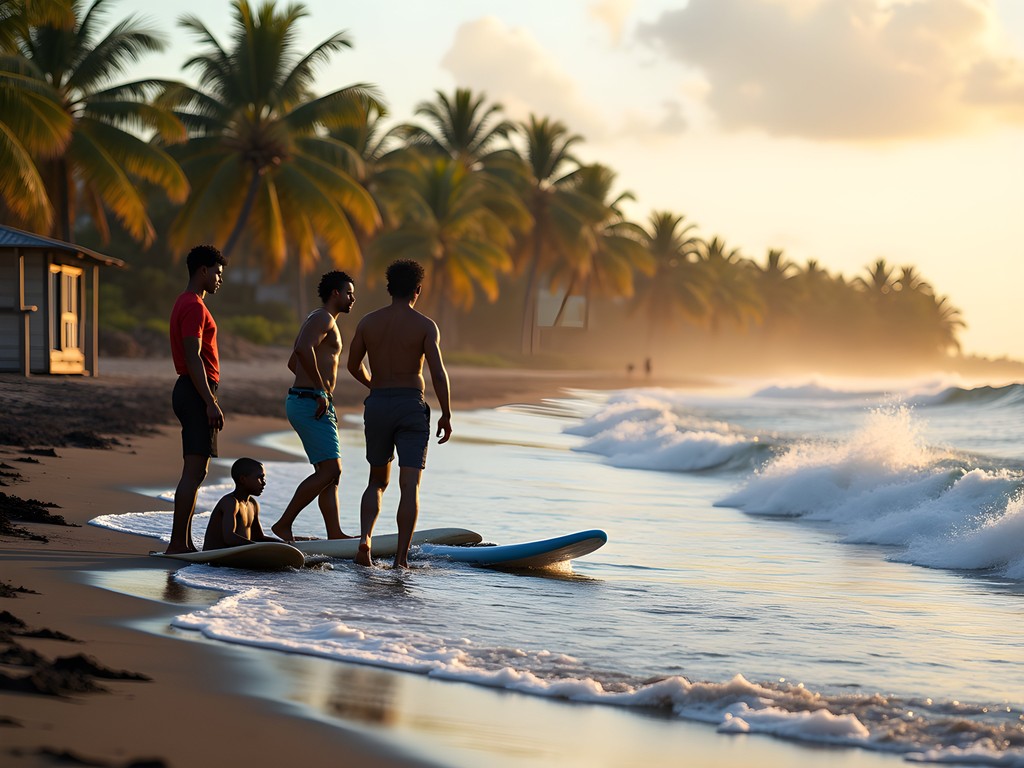
💡 Pro Tips
- Book surf lessons with Ernesto at least a day in advance—ask at Casa Jorge in Baracoa for his contact
- Visit in January or February for the best surf conditions
- Bring cash for lessons—no credit cards accepted here
6 & 7. Playa Blanca and Playa Duaba: The History Buffs' Beaches
My final beach recommendations combine natural beauty with historical significance. Playa Blanca and Playa Duaba, located just a few kilometers from each other north of Baracoa, are not just stunning stretches of coast but also sites of historical importance in Cuban history.
Playa Duaba is where Antonio Maceo, one of Cuba's independence heroes, landed in 1895 to begin the War of Independence against Spain. A small monument marks the spot, and the beach itself features dramatic black volcanic sand contrasted against turquoise waters. The strong currents make swimming challenging at times, but the scenery is worth a visit even if you just wade in the shallows.
Nearby Playa Blanca offers a complete contrast with its white sand and calmer waters. This beach is ideal for families and less confident swimmers. What makes these beaches special is how they tell the story of Cuba's geological diversity—black volcanic sand and white coral sand beaches existing just kilometers apart.
I spent my last day in Guantánamo province here, alternating between the two beaches and reflecting on how places with such beauty could remain so unknown to the outside world. For beach hopping, my insulated water bottle kept my water cold all day despite the intense Caribbean sun—essential for staying hydrated while exploring.
Both beaches have small local restaurants serving fresh fish, coconut rice, and cold Cristal beer—the perfect way to end a beach day. I recommend trying the pescado con leche de coco (fish in coconut sauce), a regional specialty that's absolutely delicious.
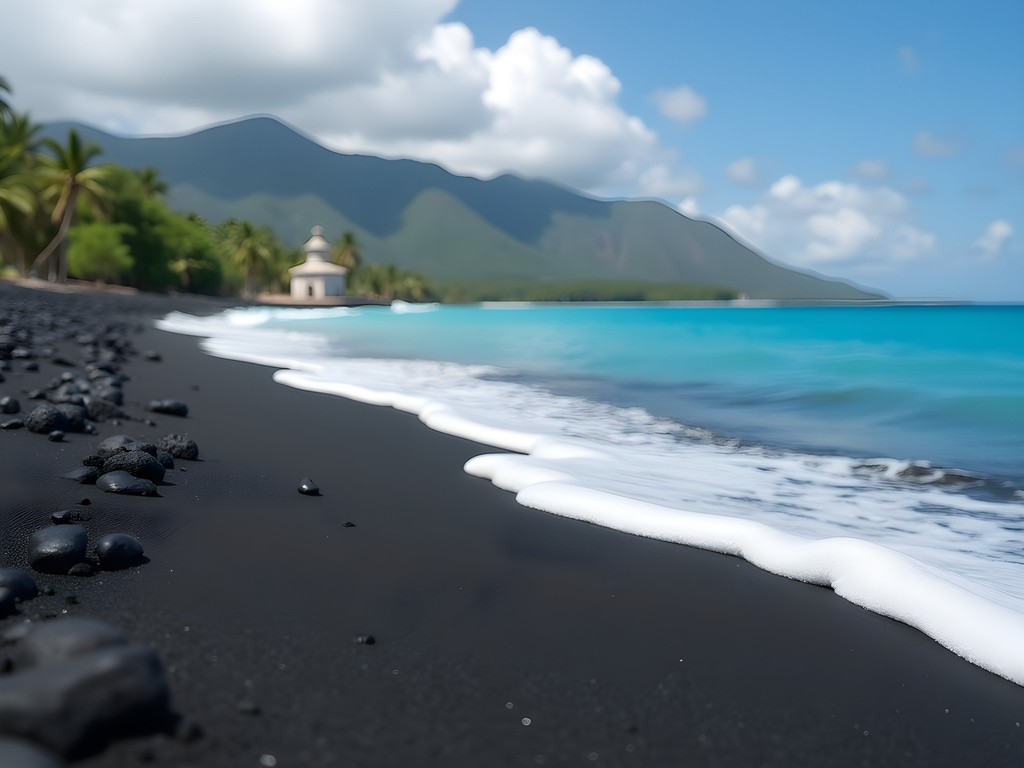
💡 Pro Tips
- Visit both beaches in one day to appreciate the dramatic contrast between black and white sand
- Be cautious of currents at Playa Duaba—stick to shallow waters if you're not a strong swimmer
- Bring a camera—the contrast of black sand and blue water makes for stunning photos
Final Thoughts
As my week in Guantánamo province came to an end, I found myself transformed by these seven remarkable beaches. Beyond their physical beauty—the crystalline waters, the varied sands, the lush surroundings—what struck me most was how these shores tell a different story about a place that's often reduced to a single narrative in international media.
These beaches offer adventurous couples not just a beautiful getaway but a chance to experience a side of Cuba that few visitors ever see. The combination of natural beauty, cultural richness, and relative seclusion creates an experience that feels increasingly rare in our over-touristed world.
As I boarded my flight home, sand still between my toes, I felt the weight of being one of the few people who would share the truth about Guantánamo's hidden shores. If you're seeking beaches that remain authentic, unspoiled, and connected to local life—and you're willing to venture beyond the standard tourist path—the rewards here are immeasurable. Pack your sense of adventure, brush up on your Spanish, and discover these pristine shores beyond the headlines. I promise you won't regret it.
✨ Key Takeaways
- Guantánamo province offers some of Cuba's most pristine and least-visited beaches
- Winter (December-March) provides ideal conditions with minimal rain and perfect temperatures
- Basic Spanish skills and advance planning will significantly enhance your experience
- Staying in Baracoa provides the perfect base for exploring all seven beaches
📋 Practical Information
Best Time to Visit
December through March (dry season)
Budget Estimate
$40-70 per day including accommodations, food, and transportation
Recommended Duration
7-10 days
Difficulty Level
Moderate









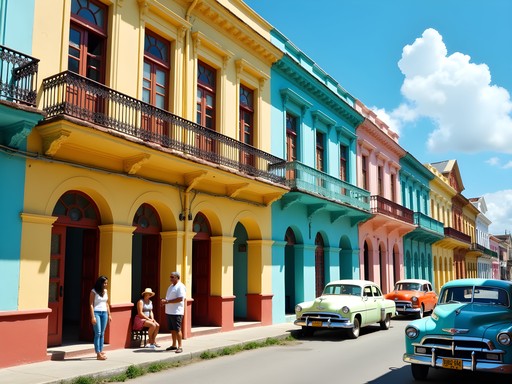
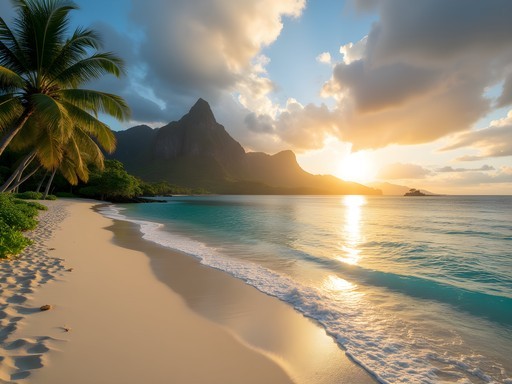
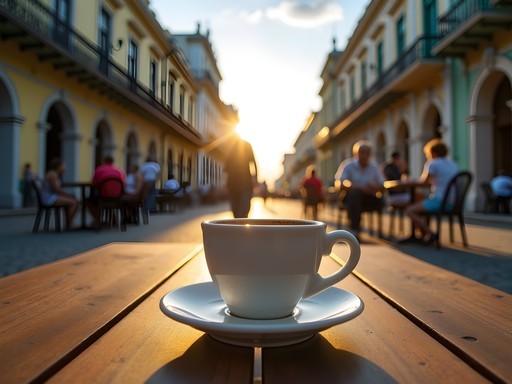
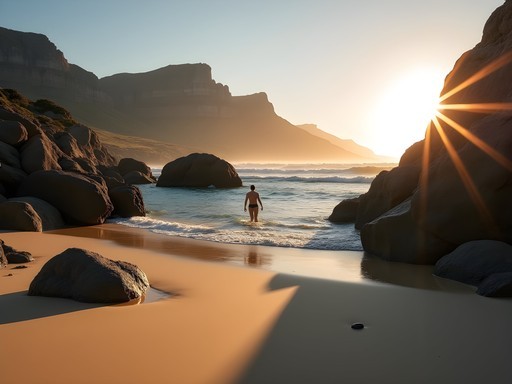
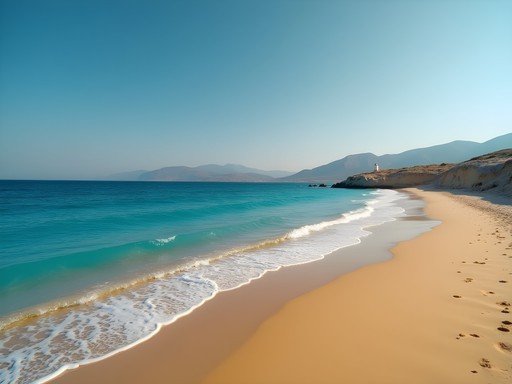
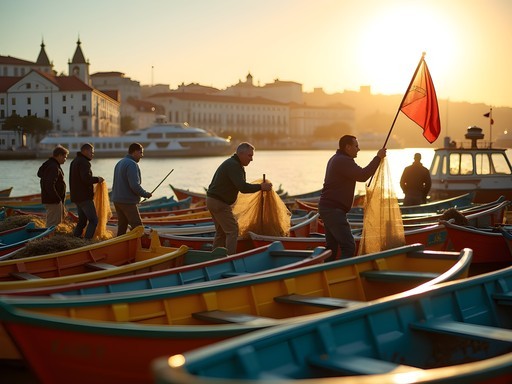

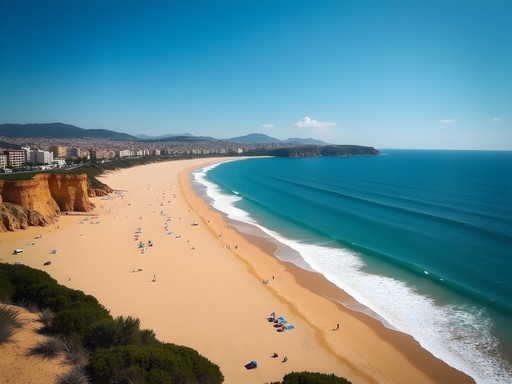
Comments
Megan Martin
Brenda, this is such a refreshing take on a region that's typically only in the news for one thing. I visited eastern Cuba last spring and was blown away by the natural beauty and warm hospitality. For anyone planning a trip, I highly recommend bringing a good waterproof bag for these beach excursions - especially for Playa Yumurí where you're crossing the river. One tip I'd add - the seafood at the little family-run restaurant near Playa Maguana (can't remember the name, blue building?) was some of the freshest I've ever had in the Caribbean. Did you try it? Also, how did you find the road conditions getting to Playa Cajuajo? That was the one beach I missed because I heard the access was difficult.
Brenda Carter
Yes! That must be Mariscos Azul you're talking about - absolutely incredible food. The road to Cajuajo is definitely rough in parts. We hired a local driver with a 4x4 which I'd recommend, especially in the rainy season.
smarthero
That waterproof bag tip is solid! I ruined my phone on a beach trip last year 😭
winterperson
Heading to Cuba in November, definitely adding Playa Cajuajo to my itinerary now!
Brenda Carter
November is a perfect time to visit! The hurricane season is winding down and the crowds are minimal. Enjoy Cajuajo - it was my absolute favorite!
winterseeker
Going to Cuba in November and now thinking of adding Guantánamo to our itinerary! How many days would you recommend staying to see these beaches? Is it safe for tourists?
Brenda Carter
I'd recommend at least 3-4 days to properly explore without rushing. And yes, it's quite safe for tourists! The locals were incredibly welcoming. Just be prepared for more limited tourist infrastructure compared to places like Varadero.
winterseeker
Perfect, thanks! We prefer less touristy spots anyway. Did you stay in a casa particular or hotel?
Brenda Carter
I stayed in casas particulares the whole time - much more authentic experience and the hosts gave amazing local tips!
wanderlustperson
I visited Cuba last year but stayed mostly in Havana and Varadero. Totally regret not making it to Guantánamo province now! That Playa Cajuajo looks incredible - how was the snorkeling there? I found the reefs near Varadero were a bit damaged, but your photos make these spots look pristine. Also, how did you handle transportation between these beaches? Rental car?
Brenda Carter
The snorkeling at Cajuajo was phenomenal - much more pristine than Varadero for sure! I used a mix of local taxis and occasional guided tours. Rental cars are available but the roads can be challenging in some areas.
wanderlustperson
Good to know, thanks! Adding this to my return trip list for sure.
smarthero
Wow! Never thought of Guantánamo as a beach destination. Your photos are stunning!
Brenda Carter
Thanks! Most people don't realize how beautiful the province actually is beyond the headlines.
escapediver
Just got back from following parts of your itinerary and wanted to report back! Playa Cajuajo was as magical as you described - we literally had the entire beach to ourselves for a whole afternoon. One thing to add: the road there is pretty rough now after some recent storms. Definitely worth hiring a local driver who knows the terrain rather than attempting it yourself. We stayed at a casa particular in Baracoa run by a woman named Yolanda who made the best breakfast and helped arrange all our transportation. Thanks for inspiring this detour on our trip!
Brenda Carter
This makes me so happy to hear! And great tip about the road conditions - they can definitely change seasonally. Yolanda's casa is wonderful - her mango jam is legendary! Thanks for reporting back!
globetime6691
Is there any issue with visiting as an American? The whole Guantánamo name makes me nervous about travel restrictions.
escapediver
Not OP but I went as an American last year. The Guantánamo province is completely separate from the US naval base. You just need to follow the standard Cuba travel rules for Americans (support for Cuban people visa category, etc). The province itself is beautiful and welcoming!
Brenda Carter
Exactly what escapediver said! The naval base is completely separate and off-limits anyway. The province is just a regular part of Cuba with some of the most stunning scenery in the Caribbean. Just keep your documentation in order and you'll be fine!
wanderlustone
I visited Cuba twice but never made it to Guantánamo province. Always associated it with just the naval base. This is eye-opening! How was the food situation at these beaches? In other parts of Cuba I found it helpful to bring snacks since beach amenities were limited.
Brenda Carter
Good point about food! Playa Maguana has a couple of small paladares (family restaurants) with fresh seafood. The others have basically nothing, so packing a lunch is essential. I brought fruit, crackers and water everywhere.
skyseeker
Just wow! Never would have thought to visit this region but your post has me convinced. Those turquoise waters look unreal!
Sophia Gomez
Reading this brought back so many memories! My abuelo was from Baracoa, and he always told stories about swimming at Playa Manglito as a child. I finally visited two years ago on a heritage trip and it was such an emotional experience. The beach hasn't changed much in 60 years according to his old photos! One tip for anyone visiting: the road to Yumurí can get washed out during rainy season (Nov-Jan), so always check with locals before heading out. The journey through the river canyon is half the adventure though!
Brenda Carter
Sophia, what a beautiful connection to have! That's exactly what makes travel so special - those personal histories. And thank you for that seasonal tip about Yumurí - so important for people to know!
Venture X
Premium card with 2X miles, $300 travel credit, Priority Pass